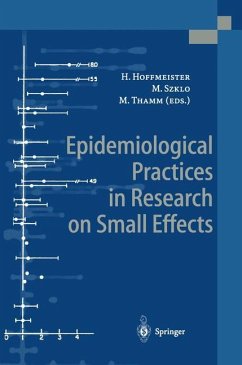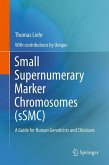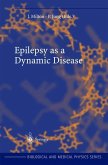Epidemiology faces its limits: the search for subtle links between diet, lifestyle, or environmental factors and disease is an unending source of fear - but often yields little certainty. Studies on weak associations - or small effects - often produce contradictory results which confuse the public. In this book, numerous contributions and illustrated examples show the effects of this problem, and sets out how future research should be approached in order to minimize the problems, thus producing clear results of significance. In modern societies, epidemiology is increasingly confronted with the detection and evaluation of small risks, especially from environmental exposures and various lifestyles. The question arises, if for example, the risks from residential magnetic field exposure and childhood leukaemia, or dietry fat intake and breast cancer are real, or if they can safely be considered as artefacts, as a consequence of methodological limits of epidemiology? More and more conflicting results are produced and are putting the general public in a state of uncertainty, which, if public pressure is strong enough, might result in political action without the required sound scientific justification. Therefore, strategies have to be developed, to minimise the "noise" in epidemiological studies, in order to get a clearer picture of the real influencing factors, and to reduce the chance of false results. Based on an international conference on this topic, attended by some of the world's leading epidemiologists, this book is presenting an overview of the main difficulties researchers might encounter when studying small risks. It is also offering recommendations on how to proceed when small risks are under study in order to avoid spurious results.
Bitte wählen Sie Ihr Anliegen aus.
Rechnungen
Retourenschein anfordern
Bestellstatus
Storno








